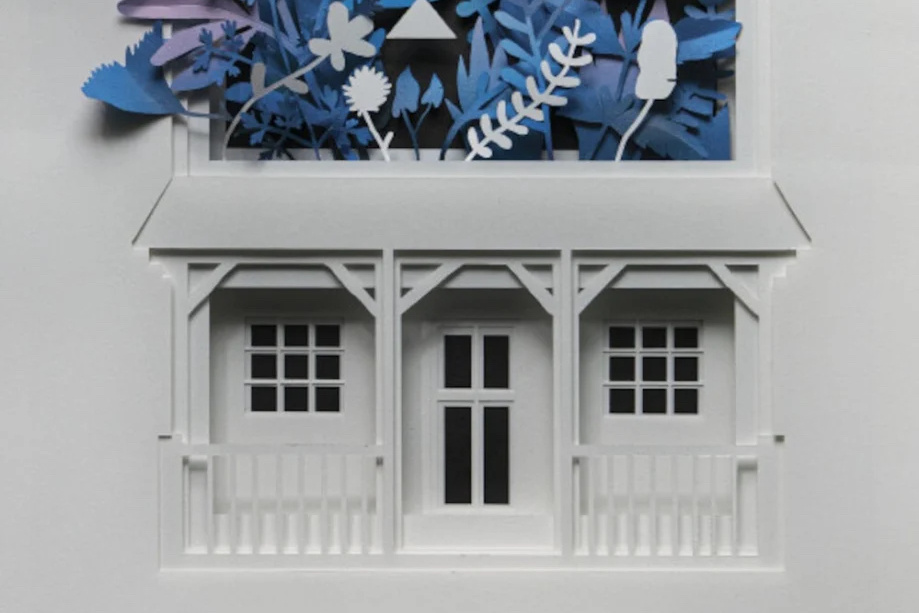What a pretty bouquet this first novel by Marie-Hélène Sarrasin who, after three collections of poetry, explores a new literary genre without straying from the themes that shape her work.
Literature teacher at the regional CEGEP of Lanaudière in Joliette, Marie-Hélène Sarrasin has the territory engraved on her heart. The one she inhabits is at the center of her writings, in poems or in prose. It is about anchoring and taking root, urbanization and rurality, transmission and tensions.
At the heart of twelve acres is Marine, a bookseller and mother who, on the death of her grandmother, inherited her dream: that of living in the countryside. To receive the assets of her grandmother, she will have to leave her suburbs to settle in a village of less than 1,000 inhabitants, located more than 60 kilometers from a large city. Marine and her two children – initially reluctant to be uprooted despite their mother’s efforts – set off for Saint-Didace, the author’s native village.
They settled in the former home of Achillée Corriveau, an herbalist who had opposed the passage of the railway on her land in the 1930s. Marine has just taken possession of her 12 acres that history repeat: the mechanical shovels are activated, a real estate project is erected at the end of the row.
The struggles of the two women intertwine in a story over four seasons that skilfully bridges the eras, that of Achillée and that of Marine, who share a common love for plants, an attachment to the territory and even a neighbour, rooted in her vegetable garden for 14 years. Literally. “She took her shoes off and dug her toes between the row of tomatoes and the row of climbing beans, which would shade her. Since then, the ground has deepened: up to the knees, the legs are buried. »
It takes a few pages to let yourself be carried away by the magical realism of this novel which instills reality with a few touches of fantasy. Pure delirium or figures of speech? We do not ask ourselves the question for long and quickly, we are surprised not to find it at all incongruous, but rather very poetic, that characters with unusual longevity embody the living memory of the village. Or that as a way of protesting the attack on the territory, vegetables begin to invade the neighboring construction site as, in the previous century, the knitting of the Daoust sisters had ended up bagging the whole village.
We let ourselves be carried away by the magic as well as by a well-crafted plot that also straddles the ages. A delicious read that comes at the right time, with the first shoots of spring and the floral promises of summer.

twelve acres
Marie-Helene Sarrasin
head first
208 pages
